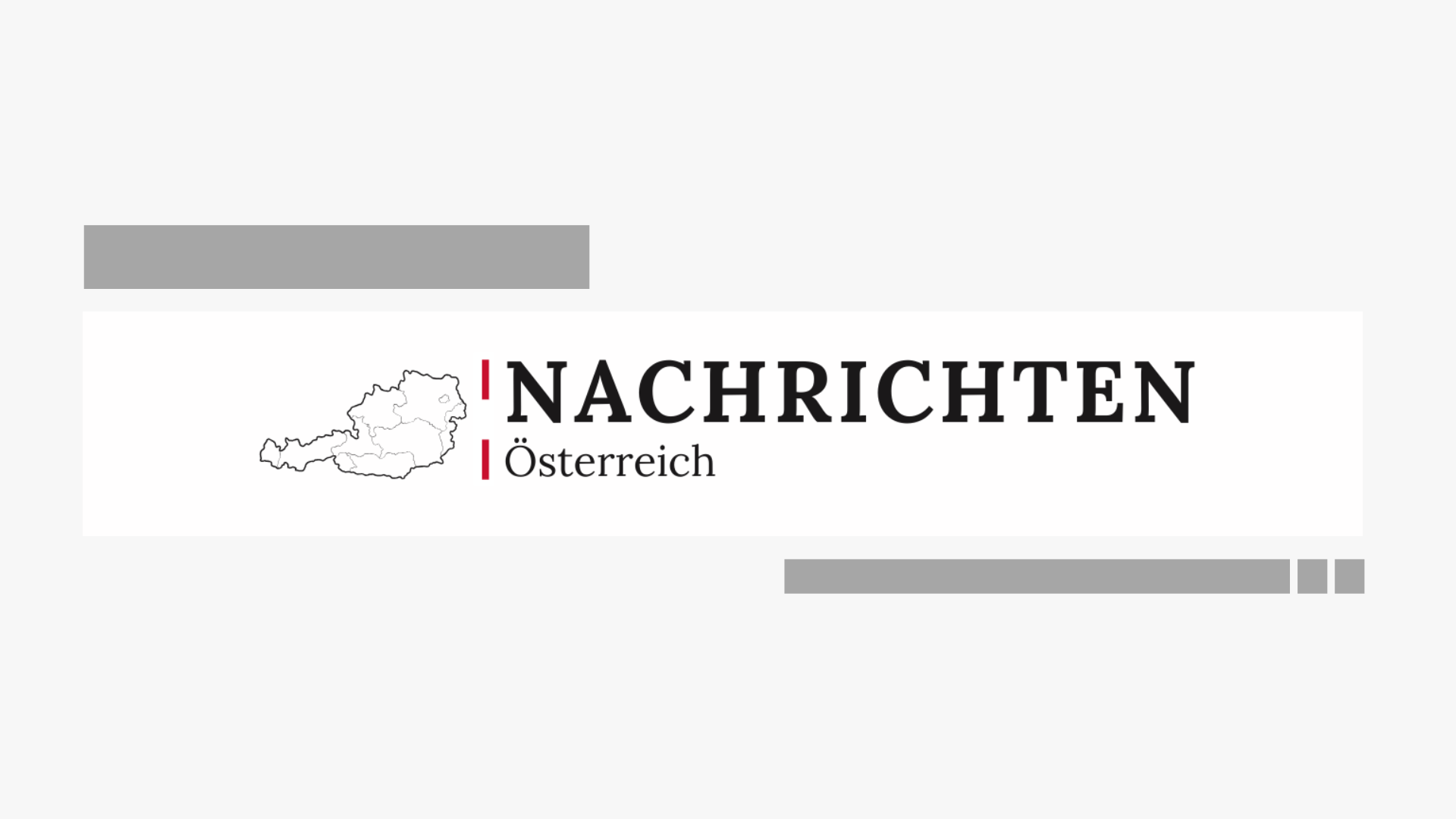. Language: German. Title: „““Projekt der MHH-Kinderonkologie erhält Lohfert-Preis 2024″““ Given Information: „““
Interprofessionelles Teamtraining SICKO sorgt für mehr Sicherheit und höhere Behandlungsqualität – Auszeichnung auf dem Gesundheitswirtschaftskongress
Große Freude in der Kinderklinik der Medizinischen Hochschule Hannover (MHH): Das Projekt „Sicherheit in der Kinderonkologie (SICKO) – Interprofessionelles Training und Innovationen für mehr Sicherheit von Patient:innen, Familien und Mitarbeiter:innen“ wurde gestern auf dem Gesundheitswirtschaftskongress in Hamburg mit dem Lohfert-Preis 2024 ausgezeichnet. Der Preis ist mit 20.000 Euro dotiert.
In Deutschland erkranken jährlich rund 2.200 Kinder und Jugendliche an Krebs, was für die betroffenen jungen Menschen und ihre Familien enorme Belastungen mit sich bringt. Auf den Stationen und in den Ambulanzen der Kinderonkologie steht das medizinische und pflegerische Personal täglich vor neuen Herausforderungen – sowohl fachlich als auch emotional. Um die Mitarbeitenden für die Arbeit in der pädiatrischen Onkologie zu rüsten, gründeten der Arzt Professor Dr. Lorenz Grigull, die Ärztin Petra Tiroke und die Pflegefachfrau Birte Sänger 2013 das Teamtraining SICKO. In den interdisziplinären SICKO-Workshops trainieren Ärztinnen und Ärzte zusammen mit Pflegekräften. Leiter des Projekts ist Dr. Urs Mücke von der Klinik für Pädiatrische Hämatologie und Onkologie, Projektkoordinatorin ist die Gesundheits- und Krankenpflegerin Anna-Lena Herbach.
Praktische Fertigkeiten und Kommunikation
„Neben praktischen Fertigkeiten wie dem Umgang mit implantierten Kathetern, der Durchführung von Lumbal- und Knochenmarkpunktionen oder der Simulation von Notfallszenarien üben wir auch Kommunikationstechniken“, erklärt Dr. Mücke. Ein Beispiel dafür ist die Closed-Loop-Kommunikation. Diese Methode zeichnet sich durch gegenseitige Rückversicherung und Bestätigung aus und sorgt für eindeutige Handlungsabläufe. „Das erhöht einerseits die Sicherheit und Behandlungsqualität für die Patientinnen und Patienten. Andererseits schafft es aber auch Handlungssicherheit für jedes einzelne Teammitglied“, erläutert Anna-Lena Herbach. Diese (Selbst)sicherheit sei wichtig für die Arbeit in interdisziplinären Teams. Sie stärke das Teamgefühl und verbessere die Zufriedenheit am Arbeitsplatz. Dr. Mücke und Anna-Lena Herbach liegt daran, bei SICKO Ärztinnen und Ärzte mit Pflegekräften auf Augenhöhe zusammenzubringen. „Nur so funktioniert in der Kinderonkologie gute Teamarbeit“, betont Dr. Mücke.
Verschiedene SICKO-Formate
SICKO gibt es in verschiedenen Formaten: SICKO classic ist ein zweitägiger Workshop, der Kenntnisse zu Grundlagen der Kinderonkologie, Komplikationsmanagement und Teamarbeit vermittelt. Mit SICKO mobil bietet das Team den zweitägigen Workshop in externen Kliniken mit pädiatrischen onkologischen Betten an. SICKO junior richtet sich an Medizinstudierende und Auszubildende in der Pflege. Insgesamt haben schon mehr als 580 Personen aus Medizin und Pflege an den Workshops teilgenommen. Finanziert wird SICKO von der Deutschen Kinderkrebsstiftung.
Die Christoph-Lohfert-Stiftung prämiert seit 2012 Projekte zur Verbesserung der Patientensicherheit und -orientierung. In diesem Jahr wurden innovative Ideen und praxiserprobte Konzepte zum Thema „Fachkräftemangel als Impuls. Strategien zur Entwicklung und Stärkung des Gesundheitspersonals“ gesucht. Insgesamt gingen 82 Bewerbungen ein. Zur Entscheidung für das SICKO-Projekt sagt Dr. Andreas Tecklenburg, Sprecher der Jury: „Wir haben dieses Projekt gewählt, weil es interdisziplinär ist und eine ganz klare Patientenzentrierung hat.“ Die Patientensicherheit sei in der Kinderonkologie von großer Bedeutung. Das Besondere an den SICKO-Workshops sei, dass sie von Mitarbeitenden für Mitarbeitende entwickelt worden seien.
Ideen sichtbar machen
Für die Verwendung des Preisgelds in Höhe von 20.000 Euro hat das SICKO-Team bereits konkrete Pläne. „Einen Teil des Geldes werden wir in Workshops zur Stärkung der Resilienz, insbesondere den Umgang mit Belastungsspitzen, investieren“, sagt Dr. Mücke. Außerdem soll ein kleiner interner Wettbewerb finanziert werden. Dabei sollen interprofessionelle Tandems mit Innovationen aus ihrem eigenen Arbeitsbereich ins Rennen gehen – zum Beispiel zu Themen wie Patientensicherheit, Mitarbeitersicherheit, Arbeit im Team. „Dadurch wollen wir unsere Ideen auch für andere Kolleginnen und Kollegen sichtbar machen“, erklärt Dr. Mücke.
Text: Tina Götting
„““ Unique article content:
